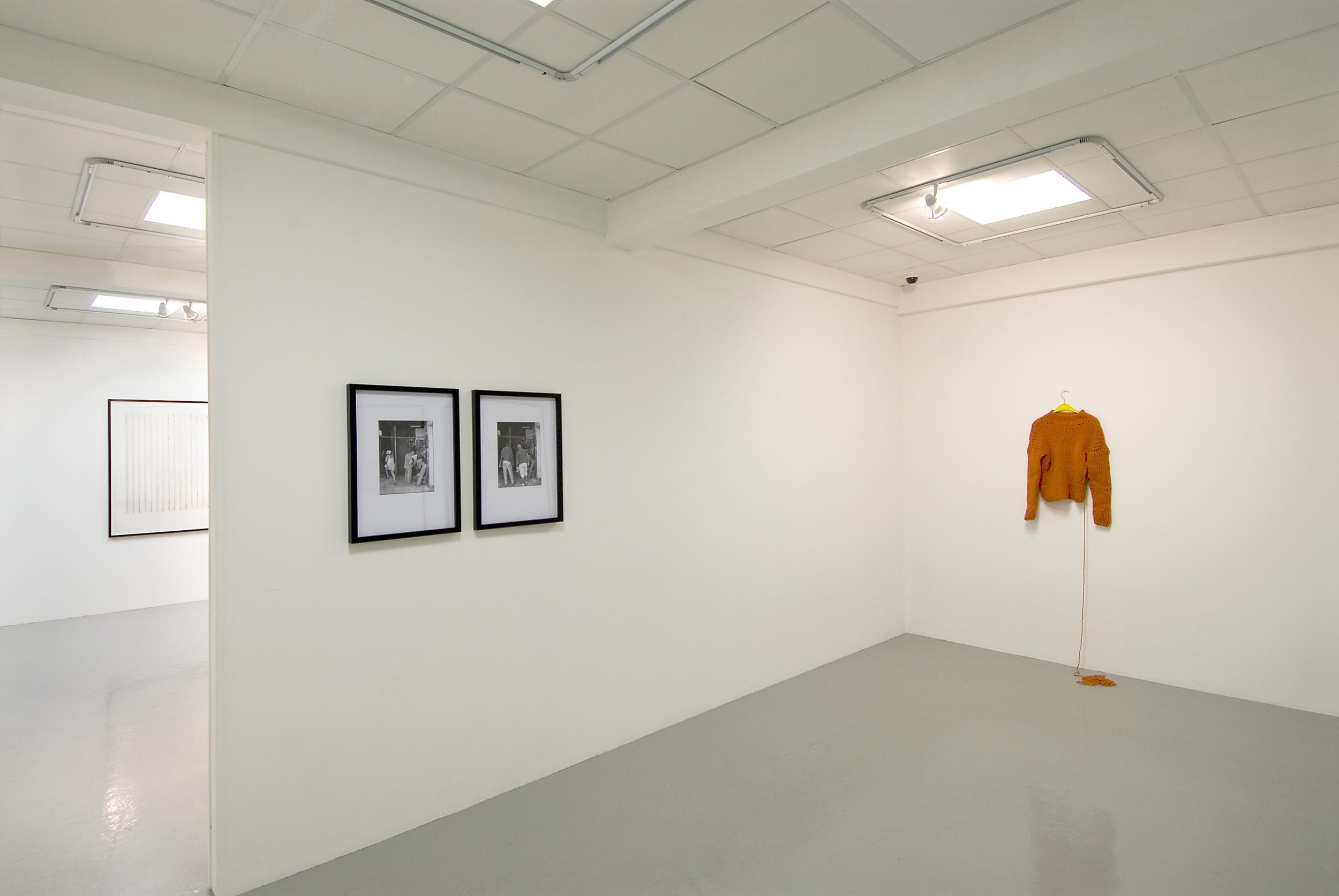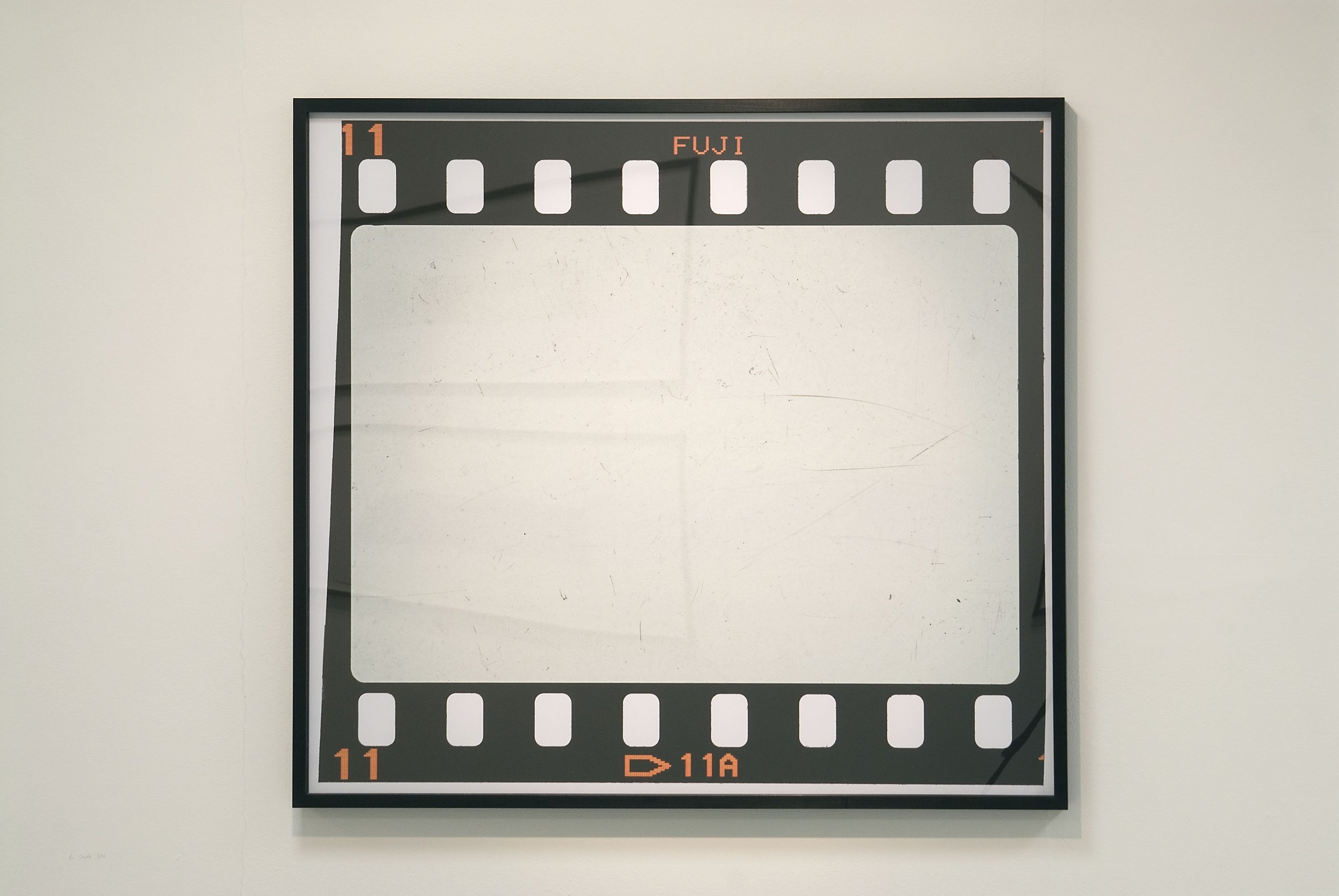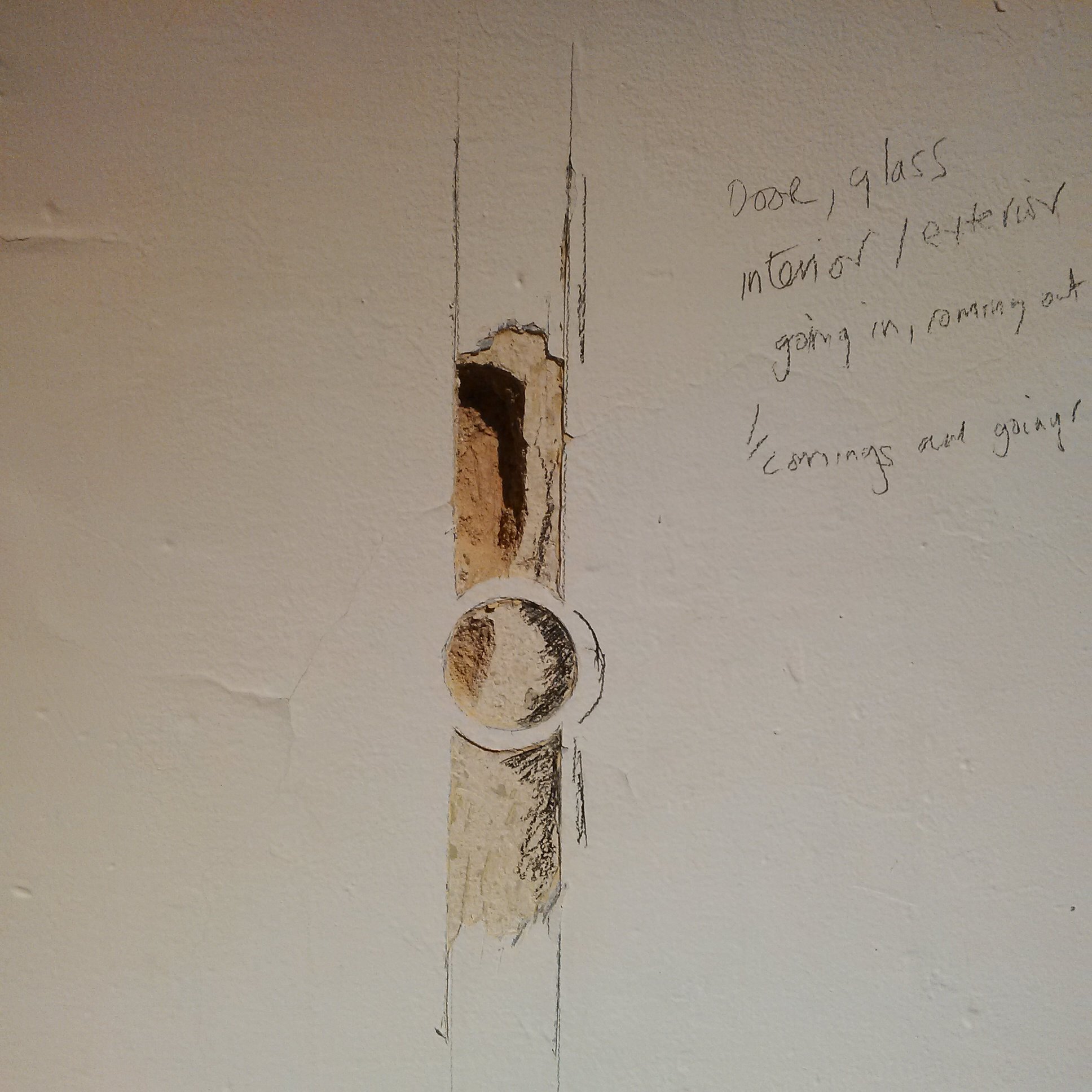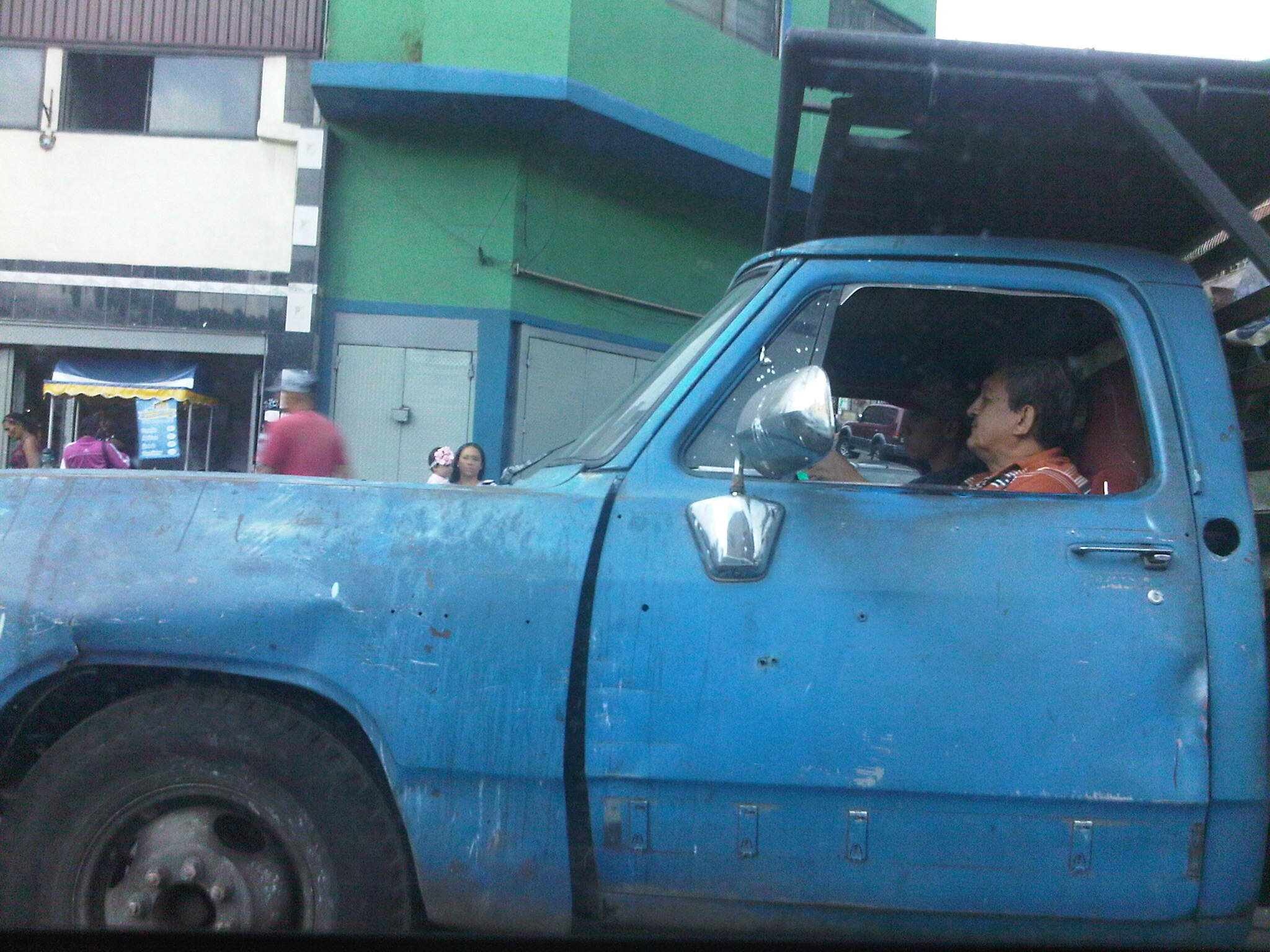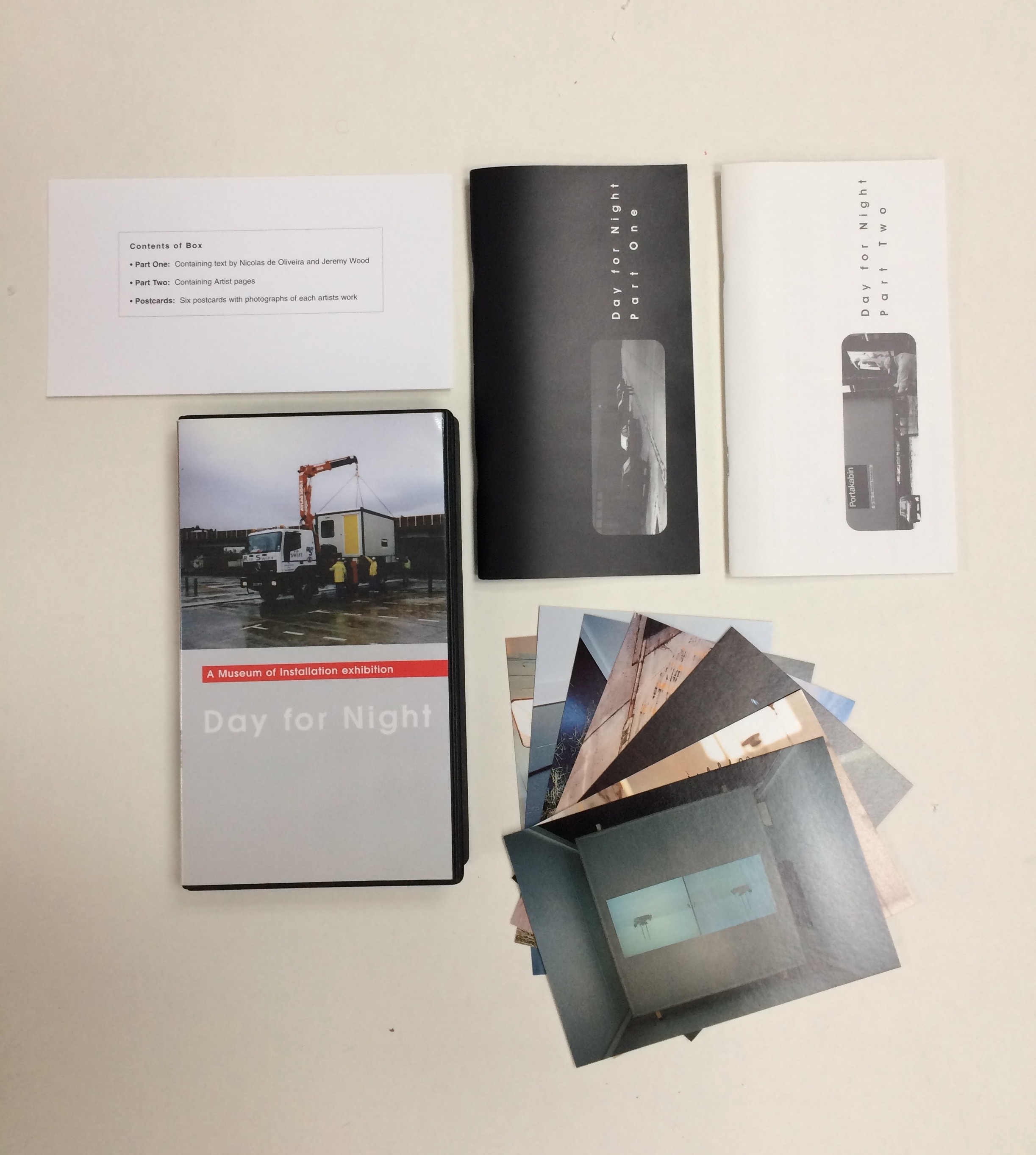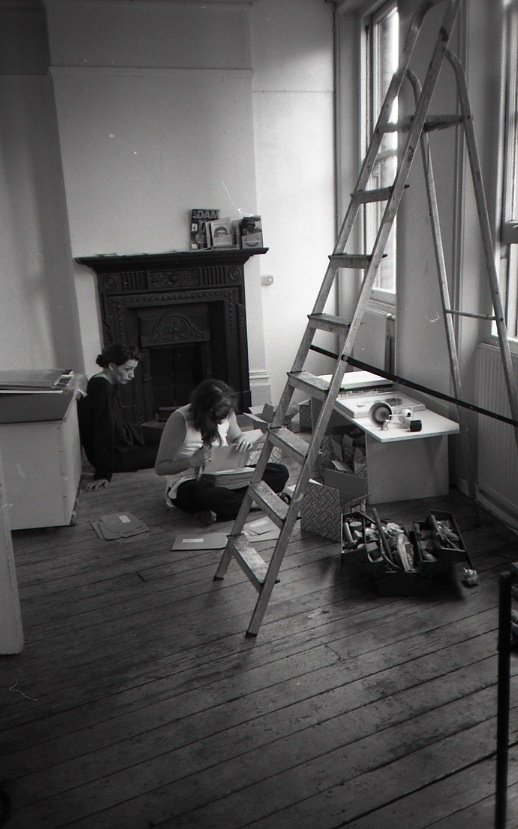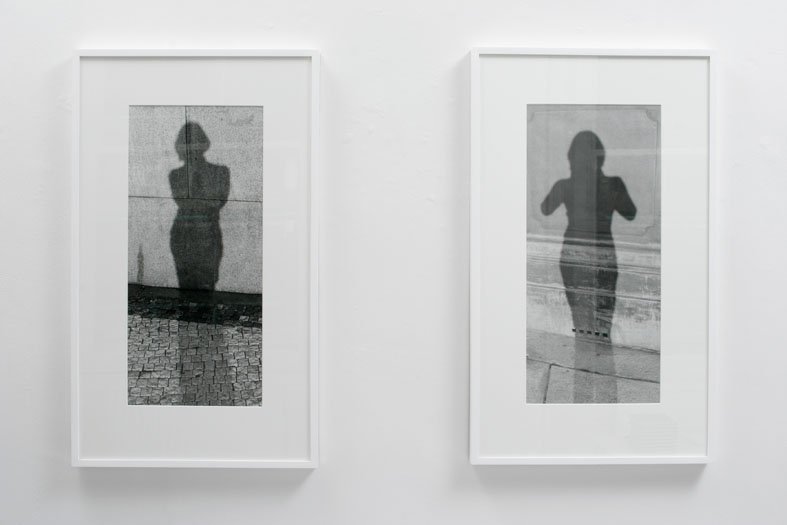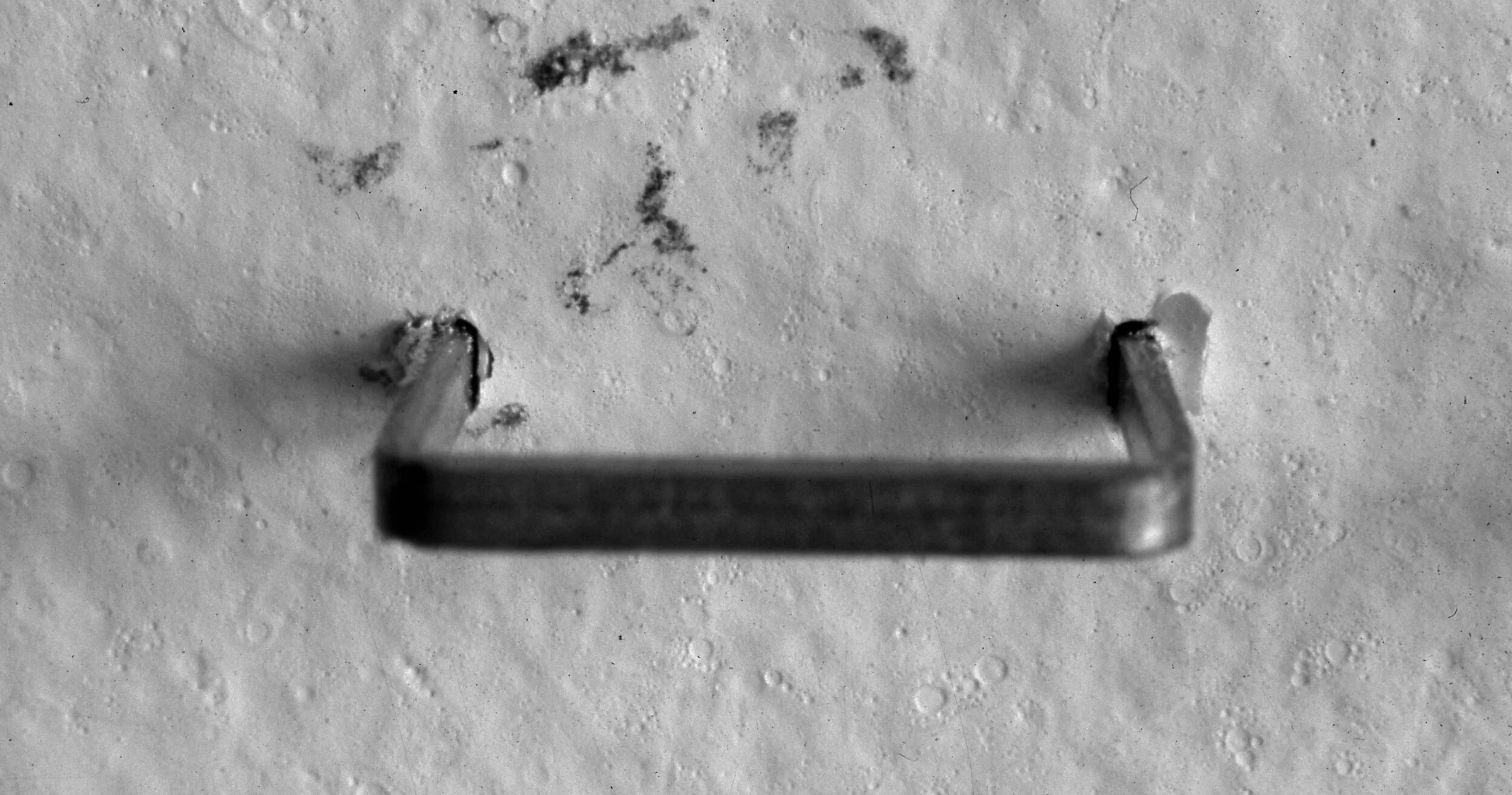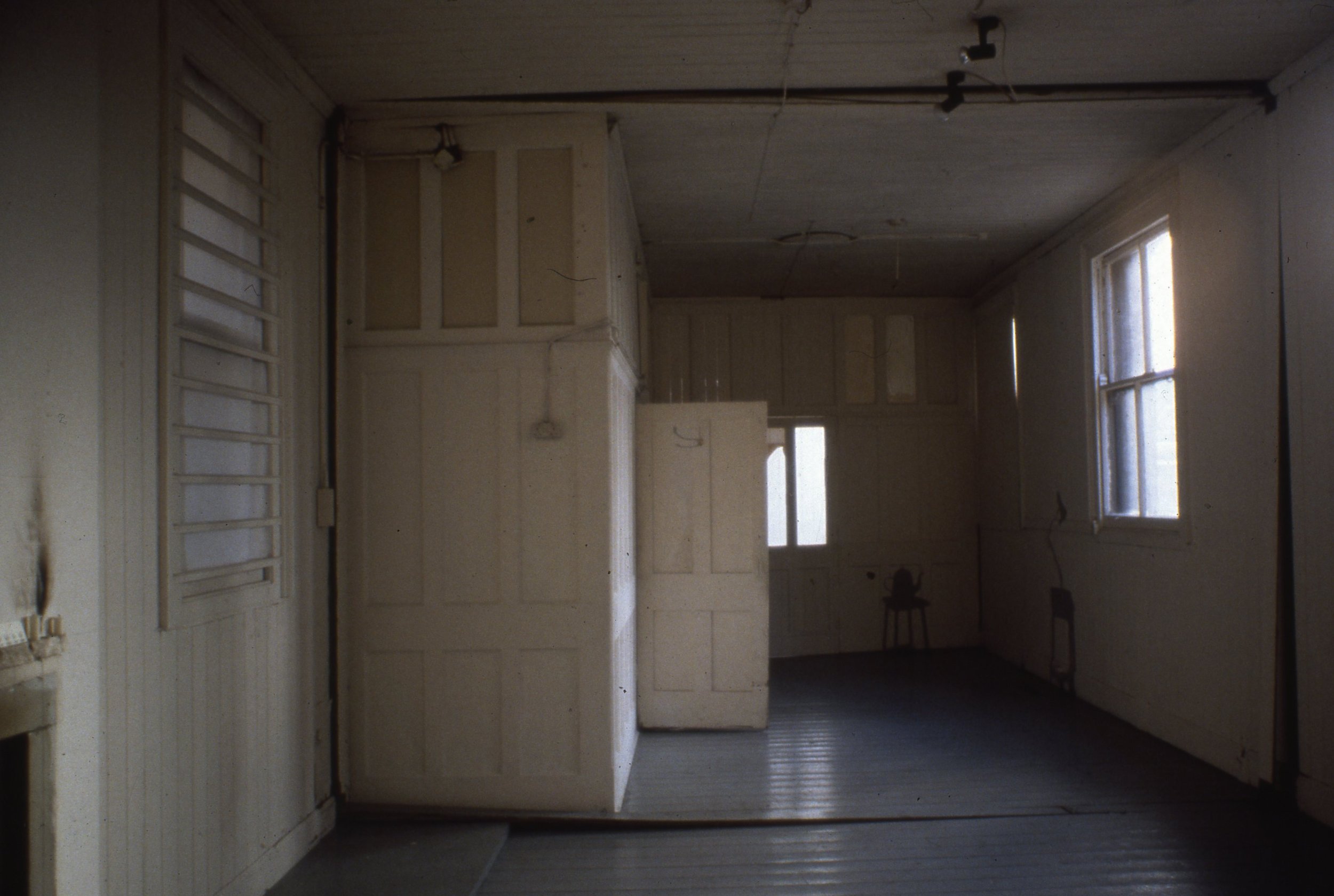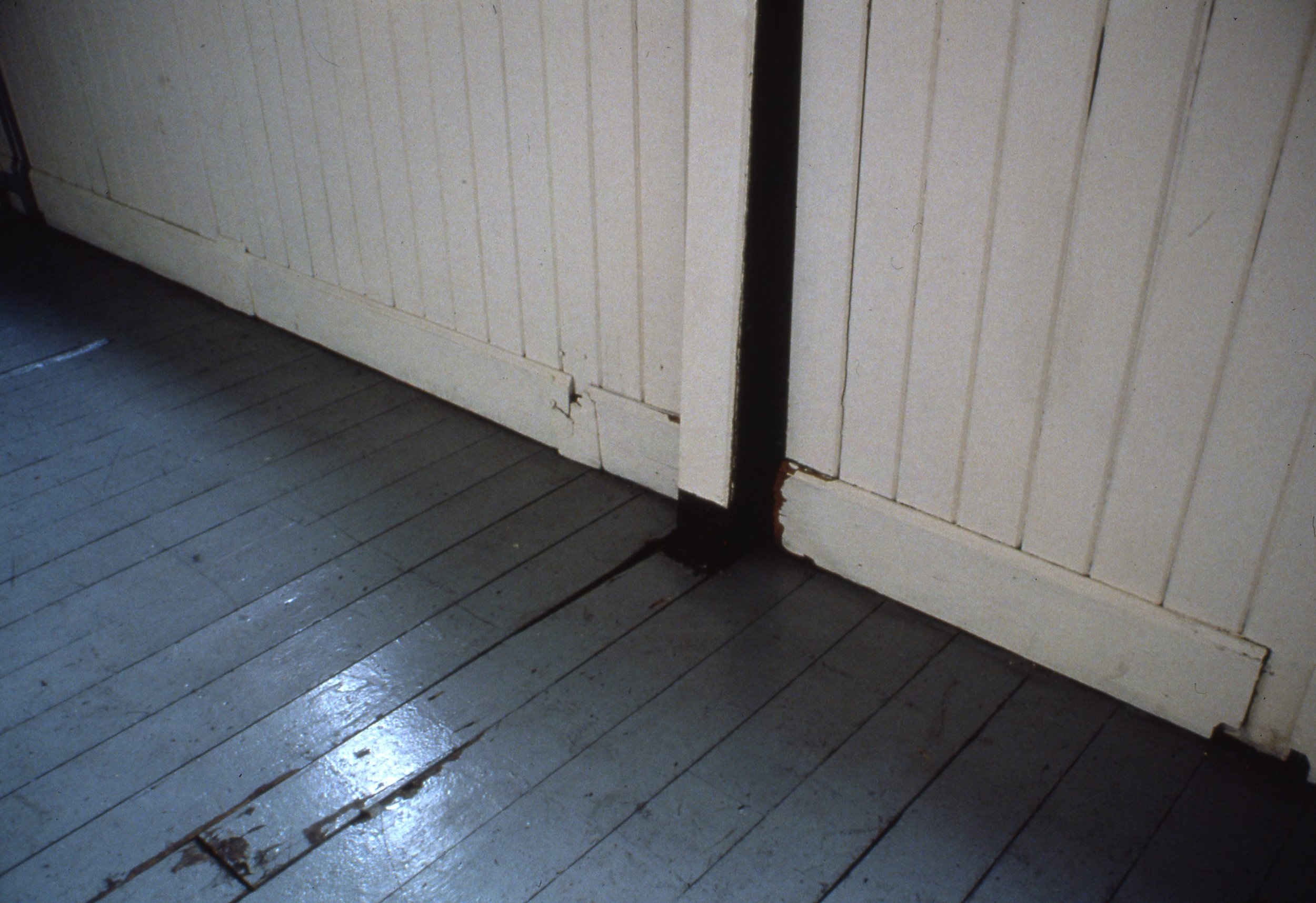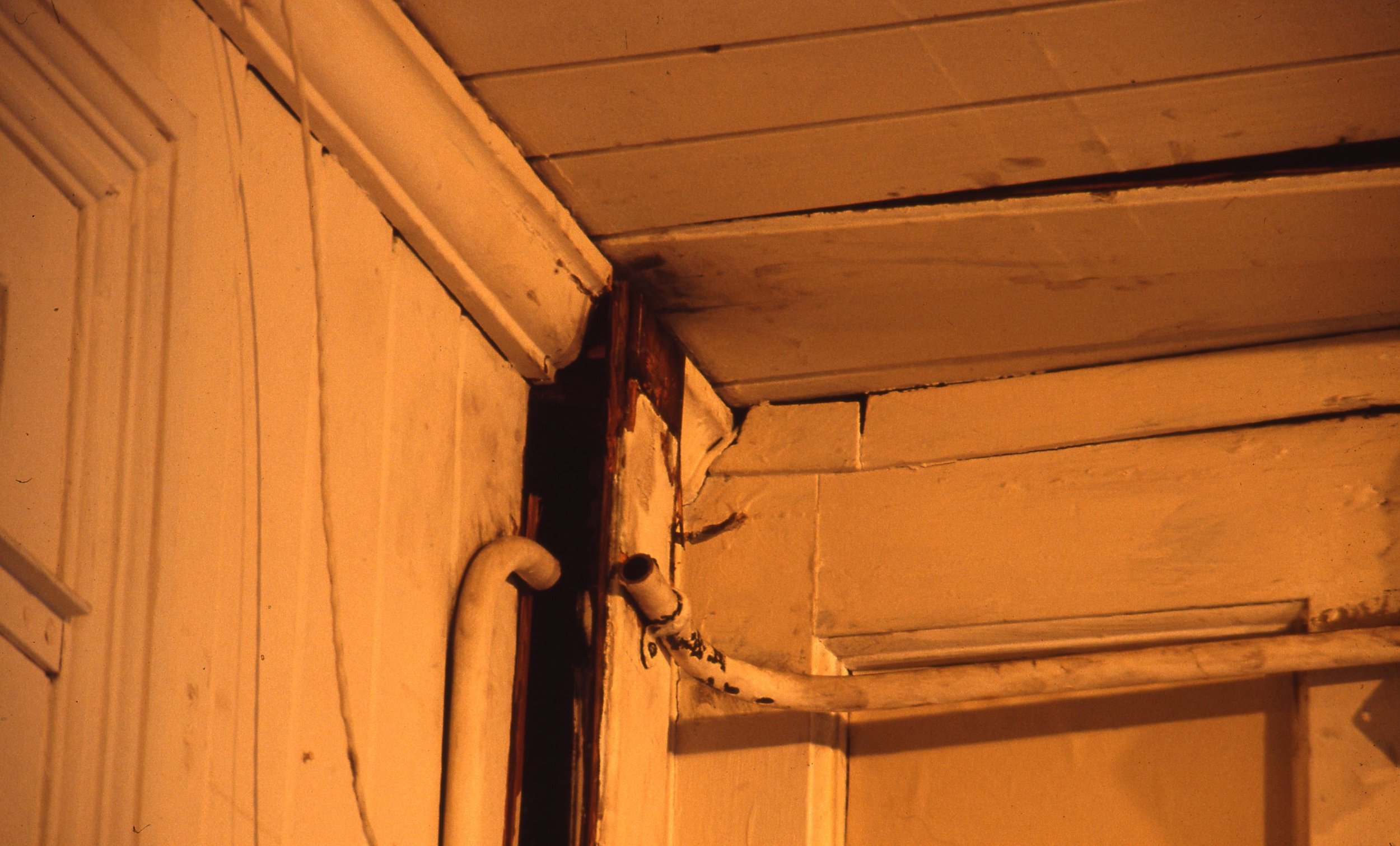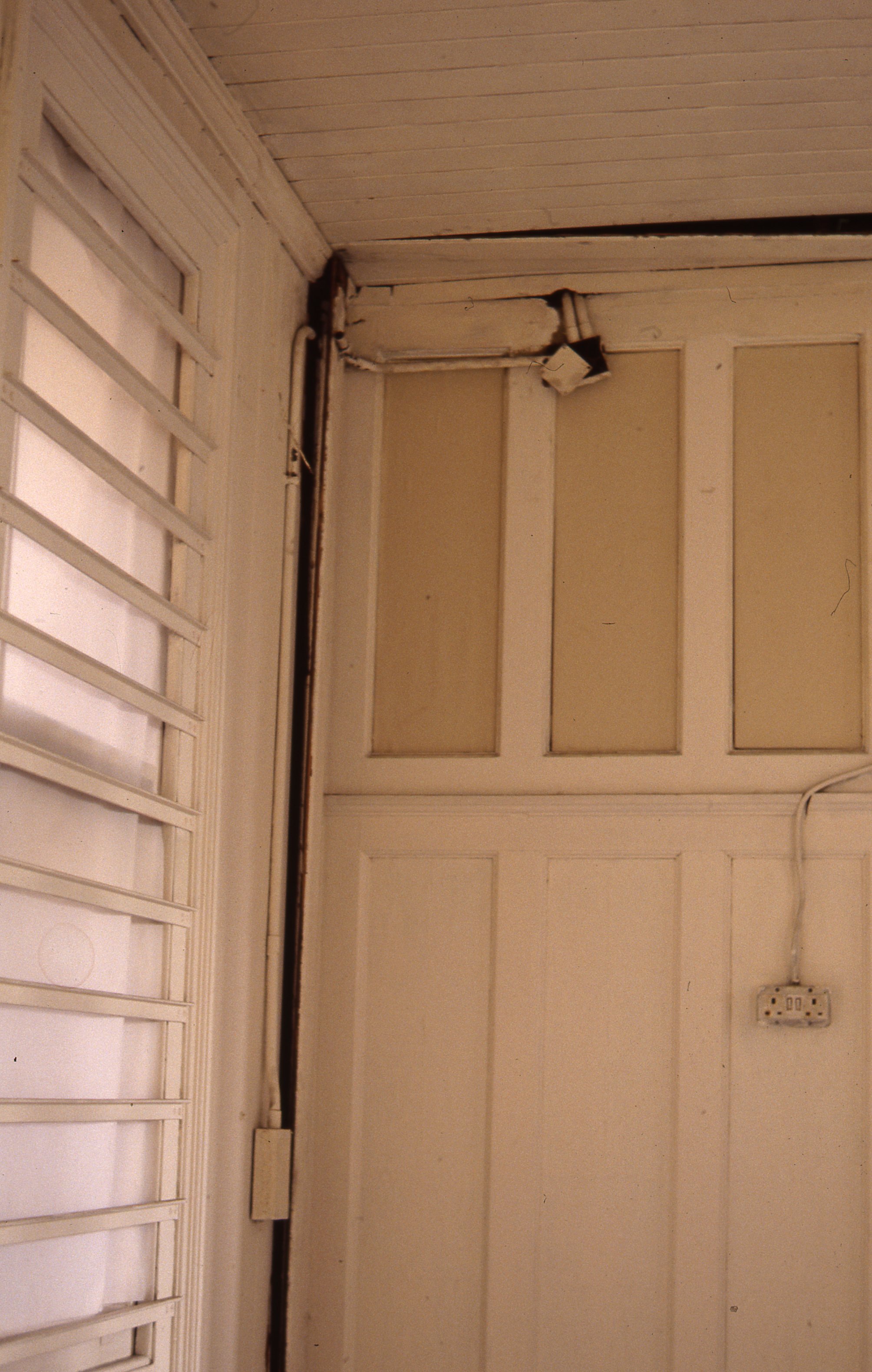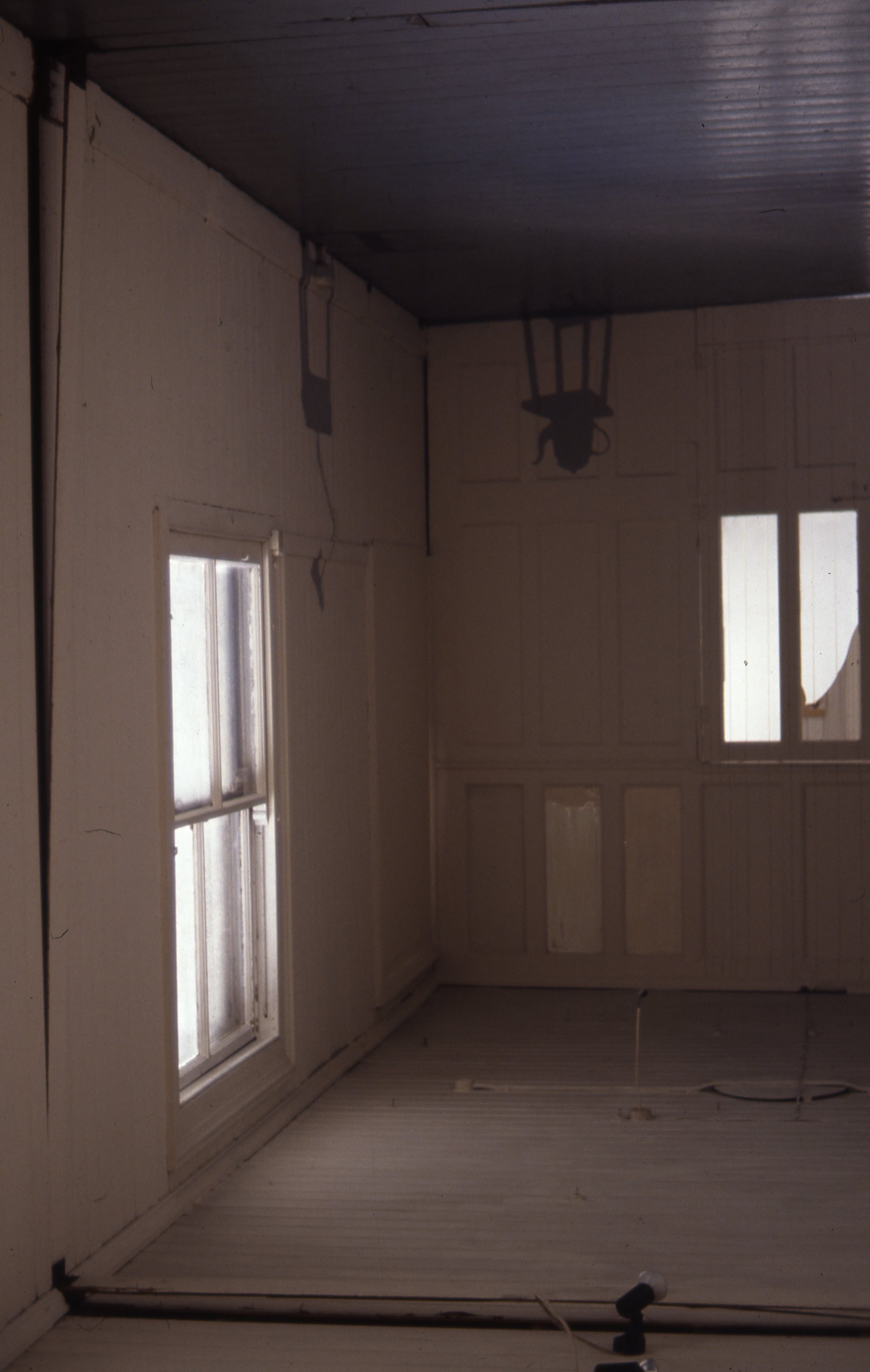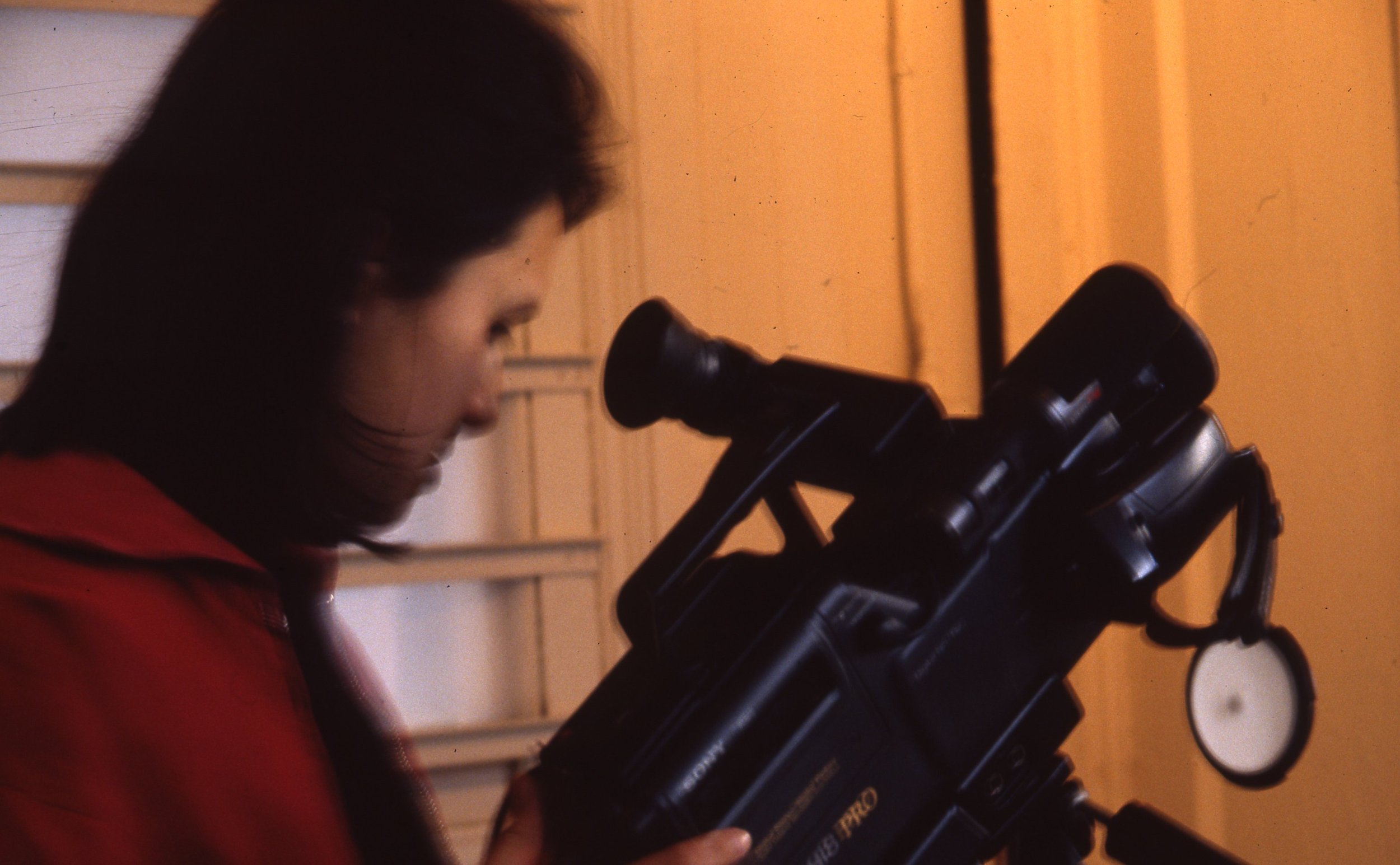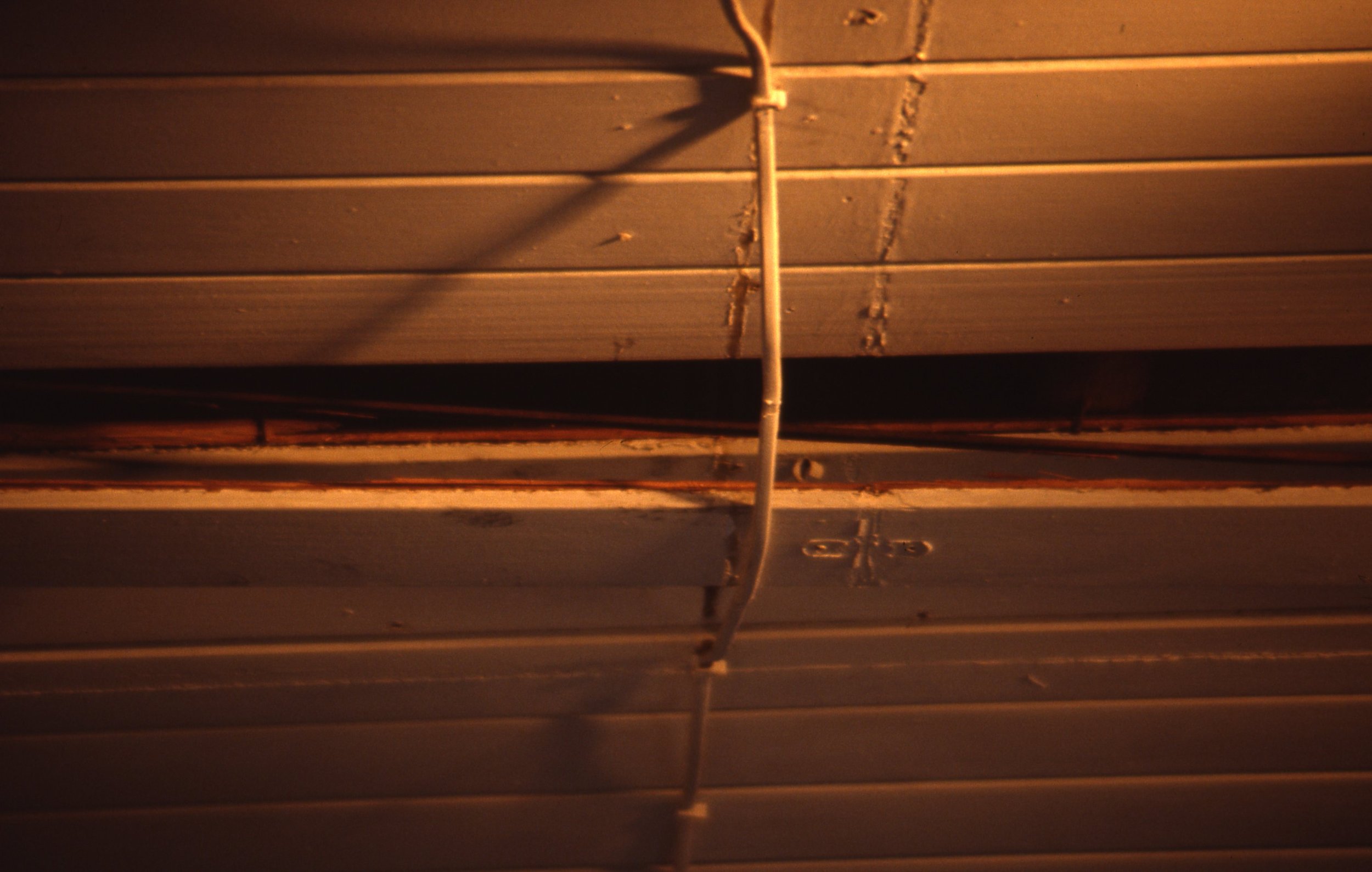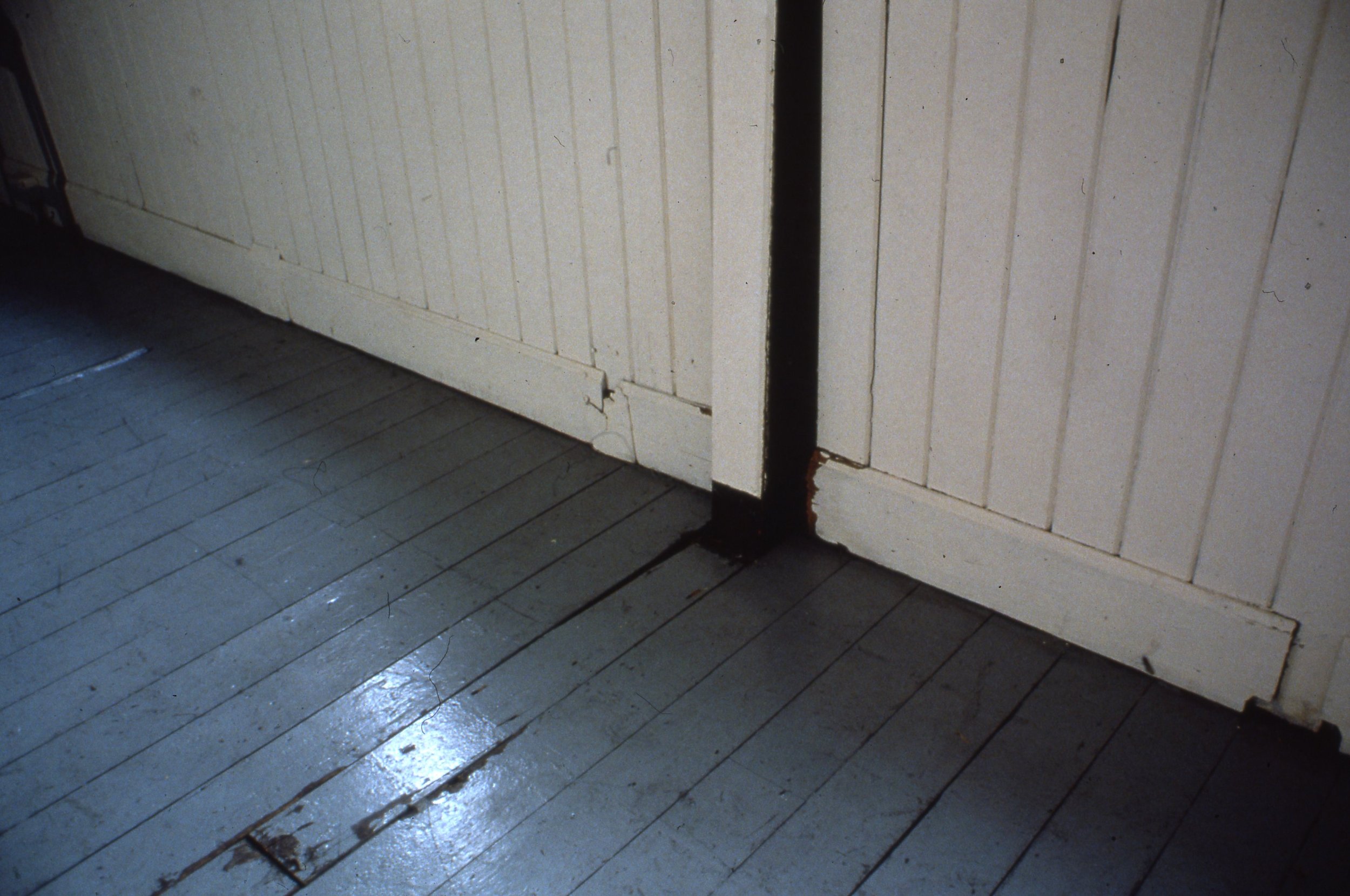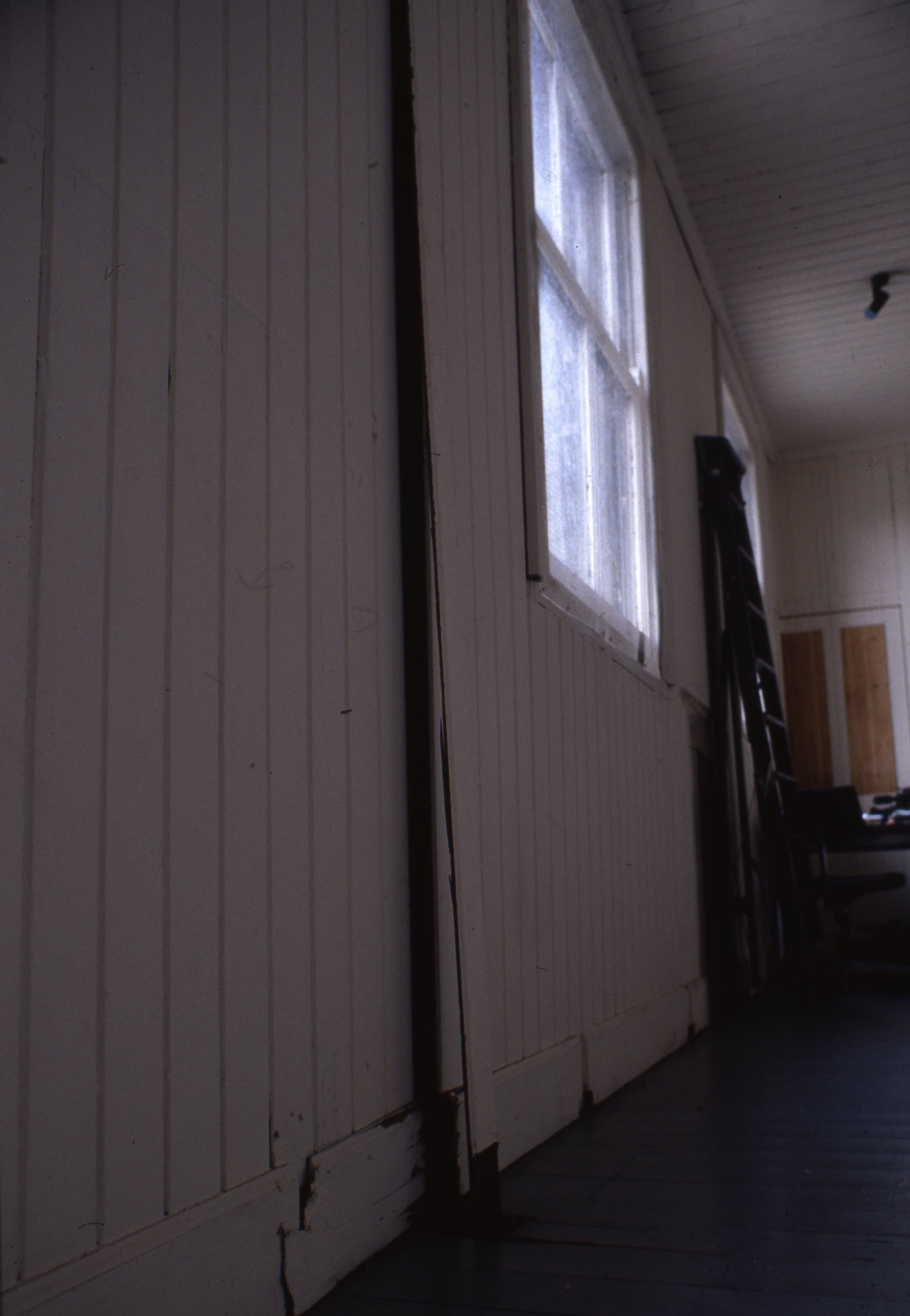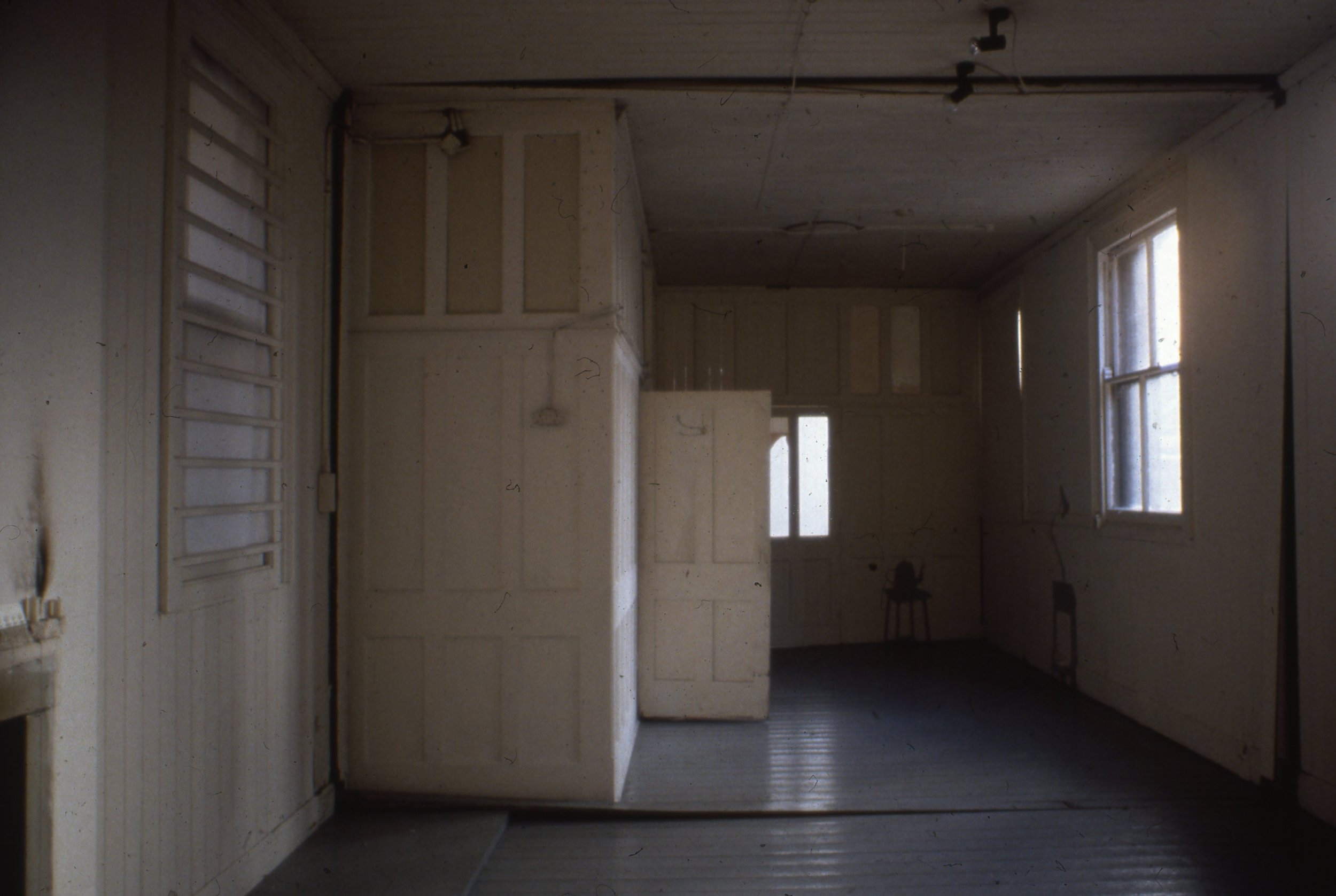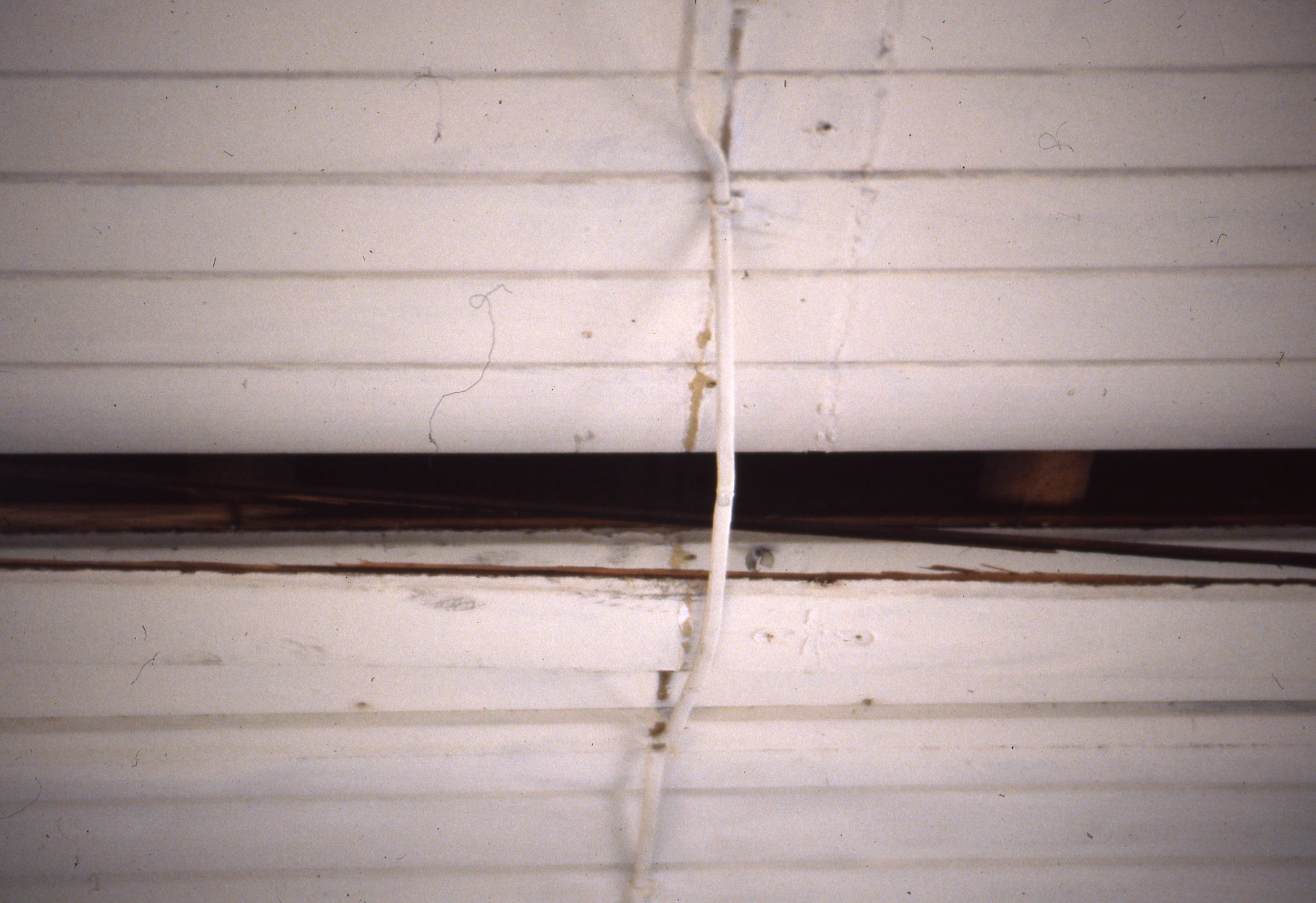
PARALLAX (Southampton 2011) | BLOCKING PASSING (Folkestone 2017)| DOMESTIC DISTURBANCE (Liverpool) | BETWEEN WALLS (Prague) | PROJECT SPACE (New York)| MOVING TARGET (Caracas) | CALL ME (London 1999)| STRIP(London)
PARALLAX 2011
JOHN HANSARD GALLERY 21 November 2011 - January 2012

The exhibition came about because David Thorp, a long time friend and ally proposed a show to Stephen Foster who was the director of The Hansard Gallery at the time. This was my first survey show and it was a great opportunity to show off some of my range and different media that occupies me. But it also had other implications. I guess I am use to making shows, without much resources and making do and getting by. So this was a real show, in the real world and there was funding to get large photographic work printed up and also get some of the drawings framed.
I was not totally at ease with the process, looking back was not something that i did much of then and it was necessary to look at the archive and select works, first for David to look at and chose. So David curated the show and like most of these kinds of projects the relationship between artist and curator is essential. Trust is probably the most important thing and we were luck because we are old friends and I had total trust in him.
This was the first opportunity I had to show the range and history of my work and projects. I emptied my schedule and concentrated for six months on this exhibition which is more time that I have ever dedicated to one show.
A big part of this project was a new commission that would form the centre piece of the exhibition. This was to be a new video work. I decided to make the piece in Caracas, a city where I spent a whole month in 1995 to make a series of wall cuts in the Museo De Bellas Artes.
I returned there in October 2010, invited by the Ministry of Culture, to inspect one of the temporary wall cuts that was still part of the collection. I also arranged to make a new sound work with students from the Music Academy. In April 2011 I went back, this time to participate in a show curated by Lisa Blackmore. I used this opportunity to make a new work called Caracol.
Parallax involved revisiting my archive of work to put it into some kind of order. Many of the works in the show consequently had a split completion date, 1996 / 2011
BLOCKING PASSING

DOMESTIC DISTURBANCE
BLUECOAT LIVERPOOL

ART OF THE LIVED EXPERIMENT
Exhibiting artists: Katherine Araniello, Bobby Baker, Anna Berndtson, Brian Catling, Ellie Collins, Stephen Cripps, Ellen Friis, Joseph Grigely and Amy Vogel, Tony Heaton, Melanie Jackson and Esther Leslie, Floris Kaayk, David Lock, Kate Mahony, Maurice Mbikayi, Sinead and Hugh O’Donnell, Mike Parr, Bekki Perriman, Simon Raven, Adam Reynolds, Juliet Robson, Dimple B Shah, Terry Smith, Matthew Thompson, the vacuum cleaner, Aaron Williamson
Art of the Lived Experiment addresses the idea that both art and life are in a state of continual change and uncertainty. Both are subject to flux and transformation.
BETWEEN WALLS

MEETFACTORY
Walls are the determinants of spatial relationships, defining space and providing it with structure. A wall lays down frontiers, divides the out from the within. It determines the possibilities of what can happen behind it, in front of it or around it. It gives rise to something, letting other things go. A wall does not just divide two spaces, but constitutes their connection at the same time, being a common point where the two spaces meet. A wall disturbs and changes the space it enters and builds a new one. However, it never stands for itself: what a wall is, that is given by its relationships within its neighborhood. It defines the character of those who have something to do with it, as well as those relating to the wall define its meaning and character. The context of a wall keeps changing, the same as the wall itself keeps altering the surrounding contexts by its mere existence. Yet it’s always been specific moments and specific contexts the wall brings to life. How to ponder the wall, how to relate to it, how to experience it?
The Between the Walls exhibition at MeetFactory Gallery tries to capture, in the works of four contemporary artists, four specific interpretations of the wall. In his work, Czech artist Martin Dašek continues to question the physical possibilities of space, both in the gallery milieu and in the public space. His enormous installation Mark VI can even be felt as a violent step into the viewers’ comfort zone. It disturbs and limits one’s possibilities to move, authoritatively setting the way of the viewers’ gait, the bend of their bodies or their ways of maintaining balance. The slanted and deformed arch, however, despite its stability and passability, creates the impression of a massive barrier when viewed from another angle.
The spatial object by American artist of Korean descent Hong Seon Jang is a comment on the transition between the familiar environment of one’s home and certain separation from it. Home furniture covered with a one-color carpet creates a unified monument in space. Familiar shapes of tables and cabinets are subdued under the accumulated collage of upholstery, which – on the one hand – evokes the relationship of an individual to everyday objects, but also certain tension between the individual – single pieces of furniture – and collective memory – the monument.
British artist Terry Smith planted his work directly in one of the gallery’s walls, as the continuation of his long-term series of wall cuts. A simple silhouette of a door uses the visuality of the wall itself and refers to the process of its origin, both by the trial cuts in the neighboring wall and by preserving the fallen plaster. The unmasked masonry layers point at a reverse function of the wall; in everyday functioning, we primarily relate, in an utilitarian or aesthetic way, to the doors, a passage from one place to another, inclined not to notice the walls in which the doors are set.
The triptych of Korean artist Deok Yeoung Gim introducesthe overlap with virtual reality, but also with the TV-mediated violence. The first room is the simulation ofa virtual arena and laser points sent out in the surrounding space entangle the viewer in the violence game. This is frozen later at the exit into the next room. The monumental object is a kind of a paraphrase of cruelty put to a halt, a warfare stop-time. The triplet is completed with a video that interconnects both previous rooms in a sort of grotesque manner.
In 1802, the third US President Thomas Jefferson answered the letter of the Baptist Association in Danbury, which was full of worries that religious freedoms might be lost in the newly established legal system of the state. The nervousness of the alarmed Anabaptist minority was obvious. After a couple of months of thought, the President answered the Baptists by referring to the first Amendment of the Constitution, on the freedom of religious denomination, and adding that religion is a private affair between the individual believer and his or her God, and that it is necessary to “erect a wall between the church and the state”. The vigor of thus formulated dividing line between two fundamental elements of social and political life of the period led to one of the most frequently interpreted legislative formulations in modern history. Yet just a few months before Jefferson was elected President, the Congregationalist families in New England, in an uncomfortable foreboding of an iconoclasm that might spring from the President’s election campaign, were hiding the Holy Scripture in wells or burying it in the ground. Just in case the Washington Administration would decide to destroy it.
Zuzana Jakalová

PROJECTSPACE: One Art Space NYC Tribeca
London | Caracas | New York | Havana
This project was curated by Elizabeth Villar who I first met in Caracas in 1995. We met again in NY when I made a project at the Drawing Center. This project and exhibition was designed to raise funds to make a performance work in Cuba.
There are twenty three works on paper made to raise funds for the project ISLAND in Cuba Link
This is a film and dance/performance work, performed and filmed in the amazing buildings of the National Schools of Music, Dance and the Plastic Arts in Havana.

Los Galpones Caracas 2012
This was the first solo show of video works that present a group of works that range from Marking Time 1999 to Unsung 2012. The exhibition consisted of four video screens and two video lounges.
CALL ME

CALL ME
Day for night 1999
5th - 30th October 1999
12 min Audio work
The term Day for Night is a set of cinematic techniques used to simulate a night scene while filming in daylight. It is also the title of a 1973 film by Francois Truffaut, where a committed film director struggles to complete his movie while coping with a myriad of crises, personal and professional.
Day for Night was a Museum of Installtion exhibition that took place in a number of portakabin buildings, where each artist installed their project. The portakabin buildings were sited in a prominent location overlooking Deptford Creek on the Lewisham College Deptford Campus.
Installation shot 1
The Portakabins that the exhibtion took place in
Installation shot 2
Publication.
Published and Distributed by Museum of Installation
Eagle Gallery strip 1997
The eagle gallery was an invitation from Emma Hill, director of the Eagle Gallery
in focus
In habit

MACBA BARCELONA 1996




barcelona












